Transition to the World’s finest education System
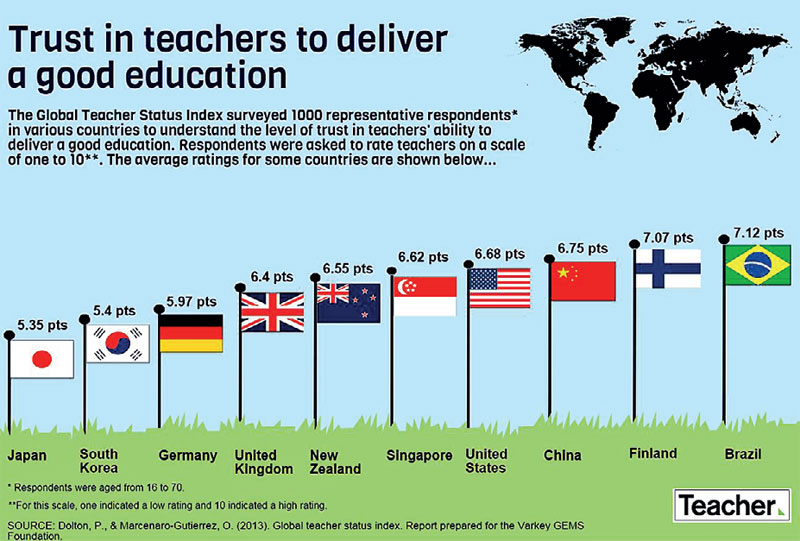
Finnish Education breaking barriers
Whatever the task may be, it is of utmost importance to do it to one’s level best. There is something each and every one of us can learn from the Finnish education system; look after, value and trust each other. But of course for this to work, the former should be followed. Doing the job right! Let’s dig deep in to the Finnish system of teaching.
The Children are not measured in the first six years of school. You may think ‘Oh we don’t either’, but the interesting fact here is that Finnish Children start schooling when they are Seven years Old. Until the little human grows in to that age, they’ve been created a good space to grow. Knowledge is acquired, but intelligence is developed through experience, up-bringing and advices.
A child should be able to live freely and enjoy the years after birth to grow in to the world, to understand little things by themselves by the guidance of a parent. Playing outdoors, having playmates and enjoying nature is part of developing a child’s emotional intelligence. Another fact of Finland’s Academic curricular is that there is only one mandatory standardized test students take when they are sixteen years of age, during their final year in High School. The point here being, when you keep measuring the statistics you lose the human aspect.
There are no rankings, no comparisons or competition between students, schools or regions. Besides Finnish, math and science, the first graders take music, art, sports, religion and textile handcrafts. English begins in third grade, Swedish in fourth. By fifth grade the children have added biology, geography, history, physics and chemistry.
Not until sixth grade will kids have the option to sit for a districtwide exam, and then only if the classroom teacher agrees to participate. Most do, out of curiosity. Results are not publicized. Finnish educators have a hard time understanding the United States’ fascination with standardized tests. Americans seems to fancy these bars and graphs and colored charts, but the educators in Finland consider it nonsense. They trust that they know much more about the children than the tests will ever reveal. Not every child is the same, and an extremely cliché thought the folks in our country have deeply rooted in their thinking is that, if a child does not do well in math or science then he/she is a failure. The child will be marked an idiot.
Now this is the case most of the time, but very rarely there are understanding guardians. A human is born with a purpose to this world, and that most of the time will not be to cure patients or construct buildings or be an advocate. There are painters, sportswomen, singers, dramatists, teachers, scientists and many even who would want to serve in the military. Finnish education system develops a child’s intelligence and not just the ability to solve a sum or remember an organic reaction. Another fantastic teaching method used is where every child in the grade are taught equally. There aren’t students who are weak and need special help.
The gap between the smartest and the weakest students are very low in Finland. Many schools are small enough so that teachers know every student. If one method fails, teachers consult with colleagues to try something else. They seem to relish the challenges. Nearly thirty percent of Finland’s children receive some kind of special help during their first nine years of school. With Finland’s reputation for ethnic homogeneity, more than half of its one hundred and fifty elementarylevel students are immigrants— from Somalia, Iraq, Russia, Bangladesh, Estonia and Ethiopia, among other nations. Ninety-three percent of Finns graduate from academic or vocational high schools, seventeen point five percent higher than the United States, and sixty six percent go on to higher education, the highest rate in the European Union.
Yet Finland spends about 30 percent less per student than the United States! Elementary school students get 75 minutes of free time a day in Finnish versus an average of 27 minutes in the US. Oh and Sri Lanka? We are very similar to the Americans and we have almost closer to 20 minutes of free time in a school day. The Finnish educators think it is important to have a break to refresh the students mind. It is clearly vital for the students to play and engage in physical activity as it releases endorphins and keeps the child happy creating more positive energy.
It’s not a joke that the saying goes ‘all work and no play makes Jack a dull boy!’ It’s a rare form of thinking these academics have. In Finland the teachers spend fewer hours at school each day and spend less time in classrooms than American teachers or for that matter Sri Lankan teachers! Teachers use the extra time to build curriculums and assess their students. Children spend far more time playing outside, even in the depths of winter. Homework is minimal. They believe that children learn better when they are ready. The Government of Finland is fulfilling its duty to uplift children’s education and protect children in all form.
It’s almost unheard of for a child to show up hungry or homeless. Finland provides three years of maternity leave and subsidized day care to parents, and preschool for all 5-year-olds, where the emphasis is on play and socializing. In addition, the state subsidizes parents, paying them around 150 euros per month for every child until he or she turns 17. Ninety-seven percent of 6-yearolds attend public preschool, where children begin some academics. Schools provide food, medical care, counseling and taxi service if needed. Student health care is free! Most of Finland’s 62,000 educators in 3,500 schools, professionals are selected from the top 10 percent of the nation’s graduates to earn a required master’s degree in education.
Teachers are highly qualified and is respected the same way a doctor or a lawyer is respected. To begin with, not a single doctor would be produced if not for splendid teachers. The take home message is for every one of us. Let the child grow and inculcate human values, emotional intelligence and IQ development. Feeding the child text books and competing in a rat race is not the best option for best results! Finland is proof for its high education standards and method of teaching. It is high time we transition from our narrow minded concepts for better and intelligent society.
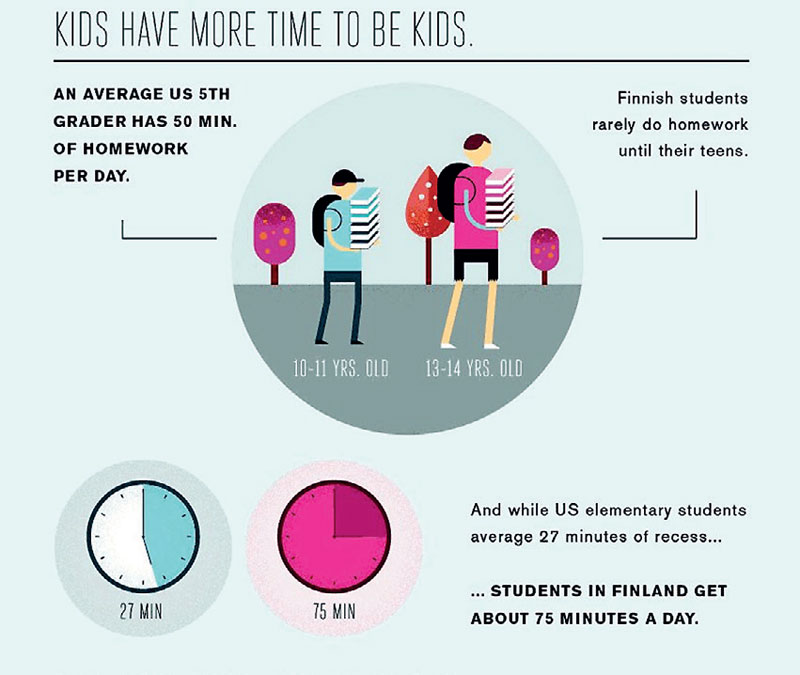
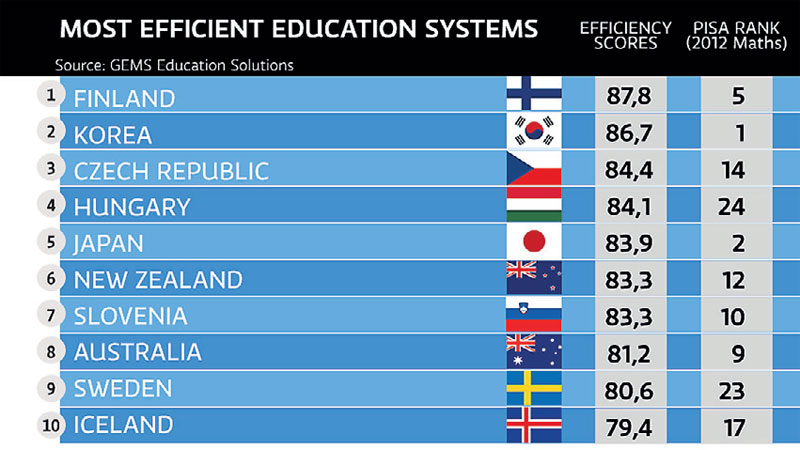
Devuni Goonewardene
Email queries and feedback to [email protected]



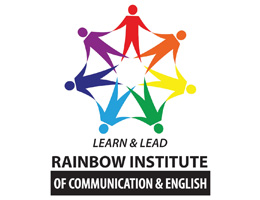
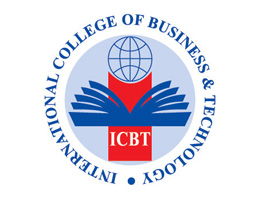

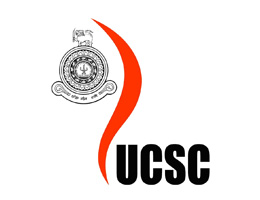
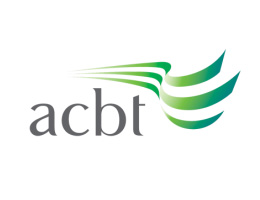






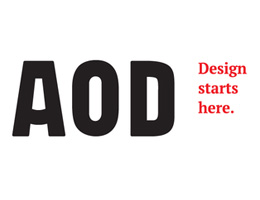
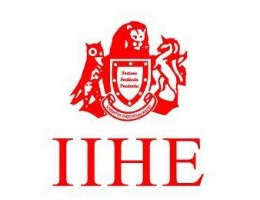
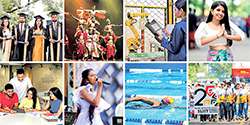
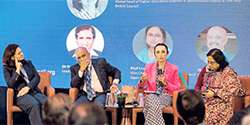
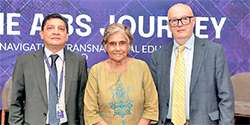
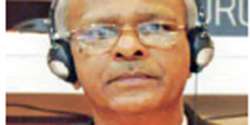
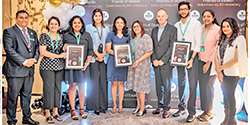
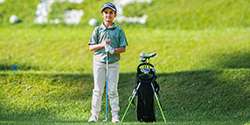


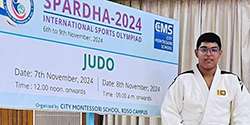

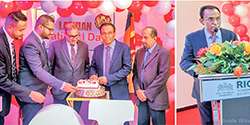


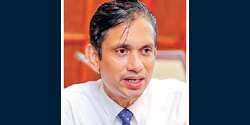
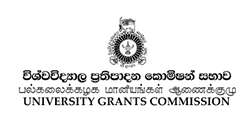
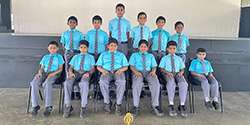
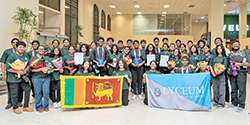

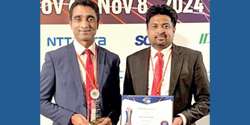

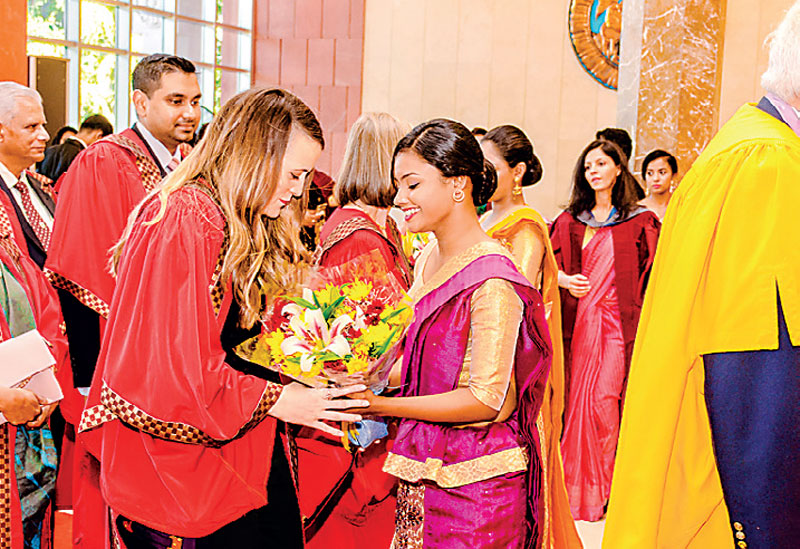

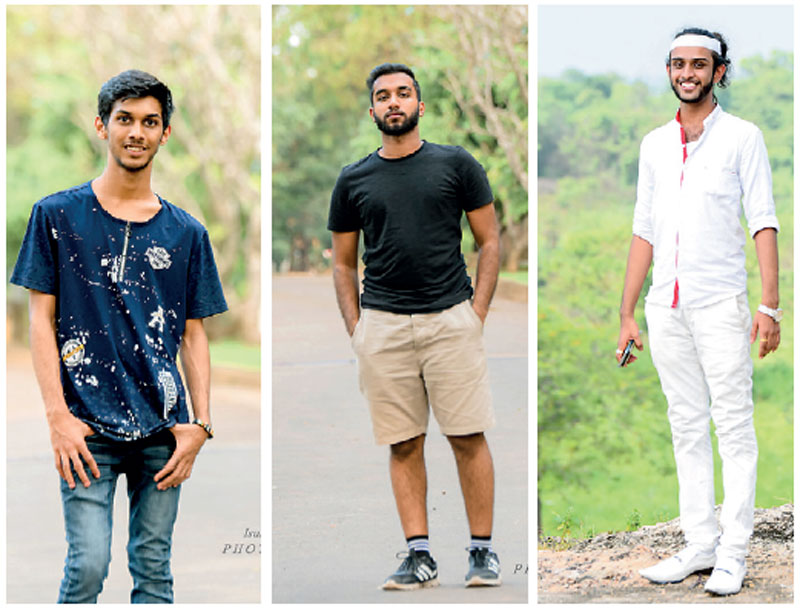
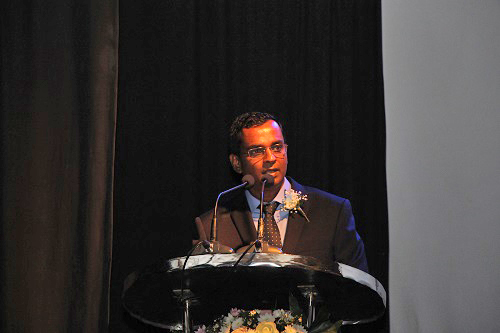
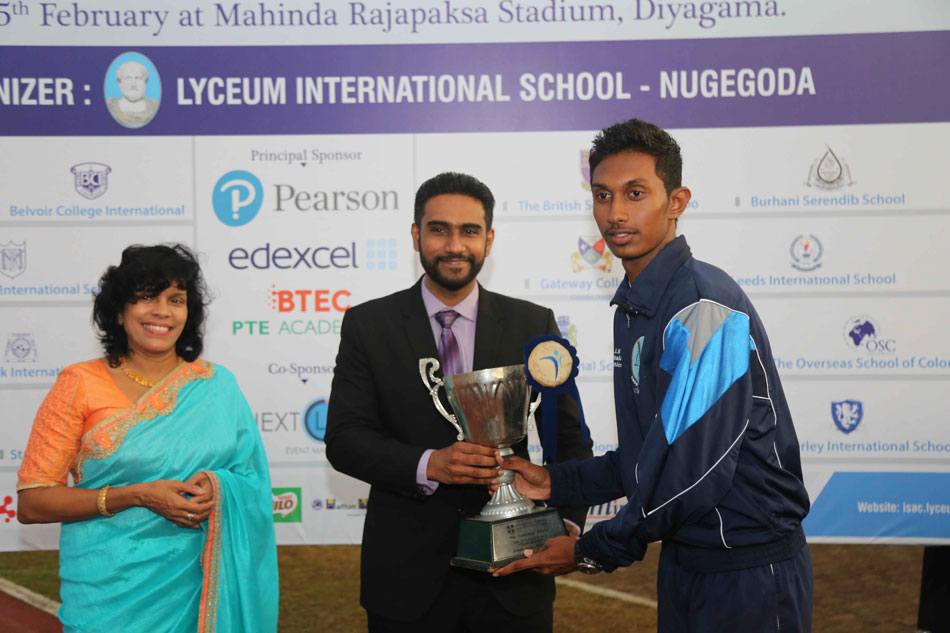
.jpg)
.jpg)
.jpg)
.jpg)
.jpg)
.jpg)
